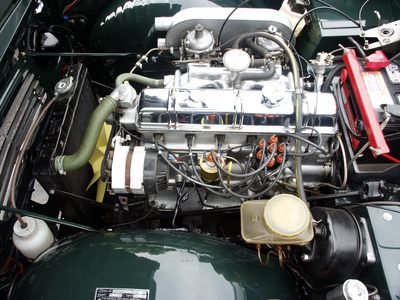
The oxygen sensor is one of the most important advancements in modern vehicles. Without it, we would not only waste gas, but we would also generate much more pollution. Understanding the difference between narrow band and wide band oxygen sensors is important when it comes to choosing a car.
Oxygen sensors coordinate with other electronics to determine the air-to-fuel ratio in an engine's fuel cylinders. This helps the car's on-board computer to determine the most efficient amount of fuel to use to keep the car running properly. It also helps to minimize the excess gasoline fumes that would be expelled from the exhaust if too much gas were injected into the engine.
A narrow band, or zirconia, oxygen sensor is a sensor that uses two electrodes and an oxygen-reactive fuel cell to create an electric current. The strength of the current is proportional to the amount of oxygen in the cylinder. The Engine Control Unit (ECU) can analyze the electrical data that the sensor gives it and adjust the amount of fuel used to run the car efficiently. If the ECU is old or poorly designed, it will show in the vehicle's gas mileage when compared with other cars.
A wide band oxygen sensor is very similar to a narrow band sensor, the only difference being that it also has an electrochemical gas pump attached. The wide band sensor can process its own data and takes the place of the ECU in determining the most efficient amount of fuel to use. This cuts out the middleman of the operation and gives the car better mileage. However, wide band oxygen sensors are usually only available on higher-end or performance cars, since they are more expensive and help the car to age more gracefully.